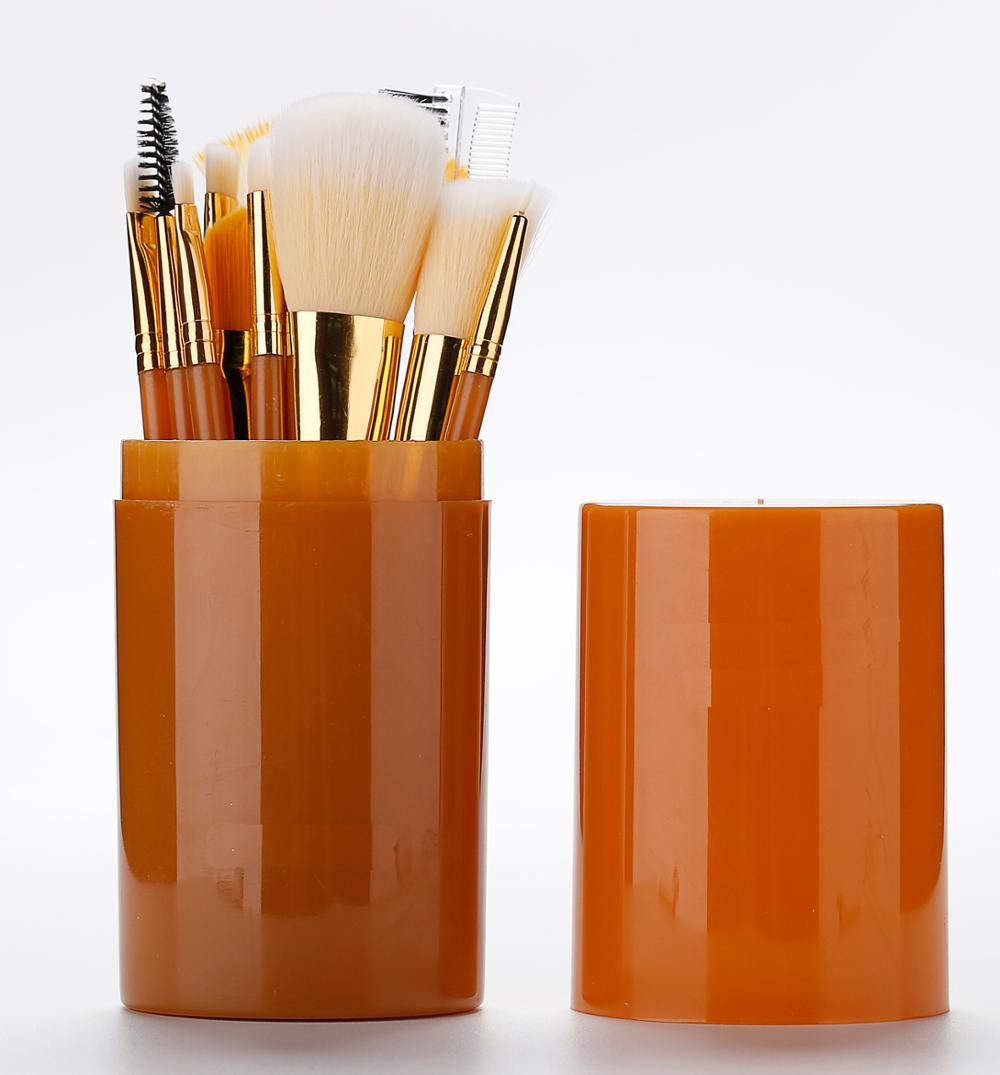Industry news
Bristle Durability Testing: Standard Methods for Evaluating Shedding and Bending Resistance
- 190 Views
- 2025-09-17 01:32:33
Bristle Durability Testing: Standard Methods for Evaluating Shedding and Bending Resistance
For cosmetic brush manufacturers, bristle durability is more than a technical specification—it directly shapes user experience and brand reputation. Nothing frustrates consumers more than finding loose bristles on their foundation or noticing their favorite brush losing shape after a few uses. To address these concerns, bristle durability testing has become a cornerstone of quality control, with standardized methods for evaluating shedding and bending resistance ensuring consistent, reliable results. Let’s explore the key testing protocols, their industry significance, and how they drive product excellence.

Why Bristle Durability Testing Matters
In the beauty industry, consumer trust hinges on performance. A survey by the Global Cosmetic Industry Association found that 68% of users prioritize “no shedding” and “shape retention” when purchasing makeup brushes—ranking these factors above price or brand name. Poor durability not only leads to negative reviews but also increases return rates: a leading e-commerce platform reported that 34% of cosmetic brush returns cite “bristle fallout” or “deformed shape” as the primary issue. For manufacturers, rigorous testing isn’t just about compliance; it’s a strategic investment in customer loyalty.
Shedding Resistance Testing: Preventing “Bristle Fallout”
Shedding occurs when bristles detach from the ferrule (the metal or plastic base connecting bristles to the handle), often due to weak adhesion, low bristle tensile strength, or inadequate植毛工艺. Standard testing methods focus on simulating real-world stress to quantify fallout risk:
1. Mechanical Vibration Testing
This method mimics the friction and movement brushes endure during use—blending eyeshadow, buffing foundation, or sweeping blush. A test sample is clamped onto a vibration table, which oscillates at frequencies between 50–100 Hz (matching typical hand movement speeds) with an amplitude of 2–5 mm. After 1,000 cycles (equivalent to 3–4 months of regular use), loose bristles are collected, counted, and weighed. Industry standards, such as ASTM D3512 (adapted for cosmetic brushes), require premium brushes to shed fewer than 5 bristles per 100 cycles—ensuring “no visible fallout” during application.
2. Single Bristle Tensile Test
To pinpoint adhesion weaknesses, individual bristles are tested for pull-out force using a universal testing machine. The machine grips a single bristle and applies axial tension until it detaches from the ferrule, recording the maximum force (in Newtons). Synthetic bristles (e.g., nylon 6,6) typically require a minimum pull-out force of 0.5 N, while natural bristles (e.g., goat or squirrel hair) may have lower thresholds (0.3–0.4 N) due to finer diameters. Manufacturers often pair this with植毛 density checks: higher density distributes stress across more bristles, reducing individual pull-out risk.
Bending Resistance Testing: Maintaining “Shape Memory”
Bristle deformation—such as分叉,倒伏, or permanent弯曲—ruins application precision.抗弯曲测试评估刷毛在反复应力下的弹性和结构 integrity:
1. Cyclic Bending Fatigue Test
Using a bending fixture, bristles are repeatedly flexed to a fixed angle (90° for synthetic fibers, 120° for natural hair) at a rate of 30 cycles per minute. The test continues until the bristle fractures or shows >10% permanent deformation. For example, high-quality synthetic brushes (common in drugstore brands) must withstand 5,000+ cycles without breaking, while luxury natural hair brushes (e.g., for powder products) aim for 3,000+ cycles with >85% shape recovery. This differentiates “disposable” brushes from those designed for long-term use.
2. Flexural Recovery Test
After bending, how well does a bristle bounce back? This test measures recovery percentage by bending a bristle to 180° (doubling back on itself), holding for 30 seconds, then releasing. A recovery rate >90% is ideal—meaning the bristle returns to its original shape with minimal deformation. Synthetic fibers often outperform natural hair here: nylon bristles treated with silicone coatings can achieve 95%+ recovery, while untreated natural hair may fall to 75–80%. This explains why silicone-treated synthetic brushes are popular for liquid products, where shape stability is critical.
Industry Standards and Production Impact
Global markets have varying benchmarks: the EU’s EC 1223/2009 regulation mandates “no











